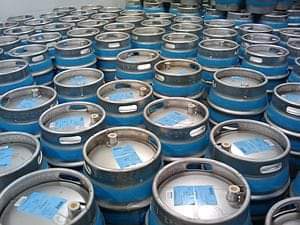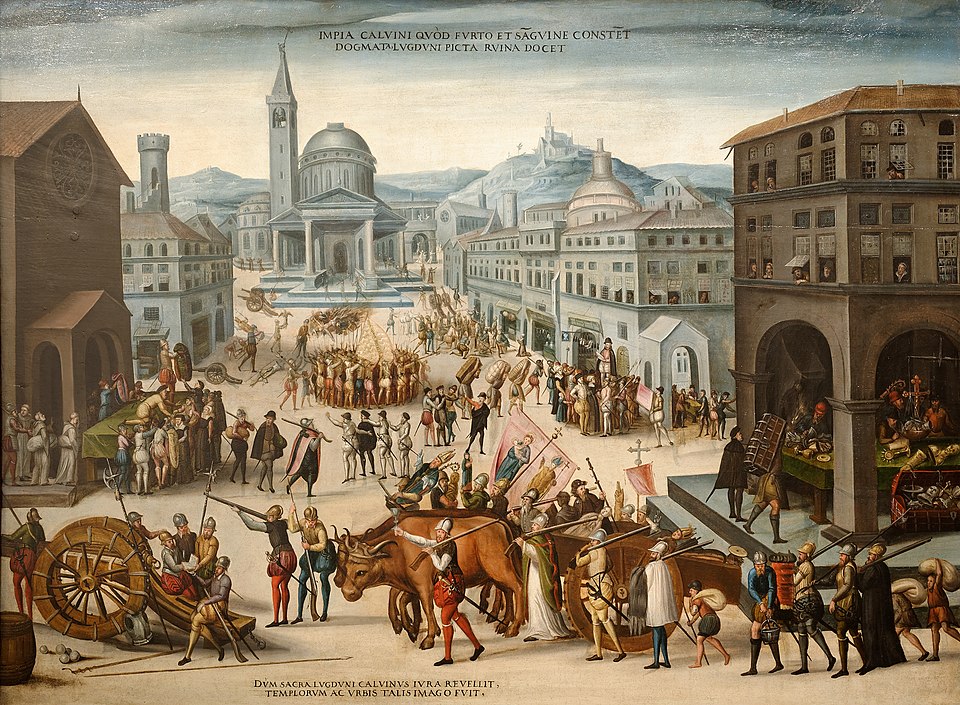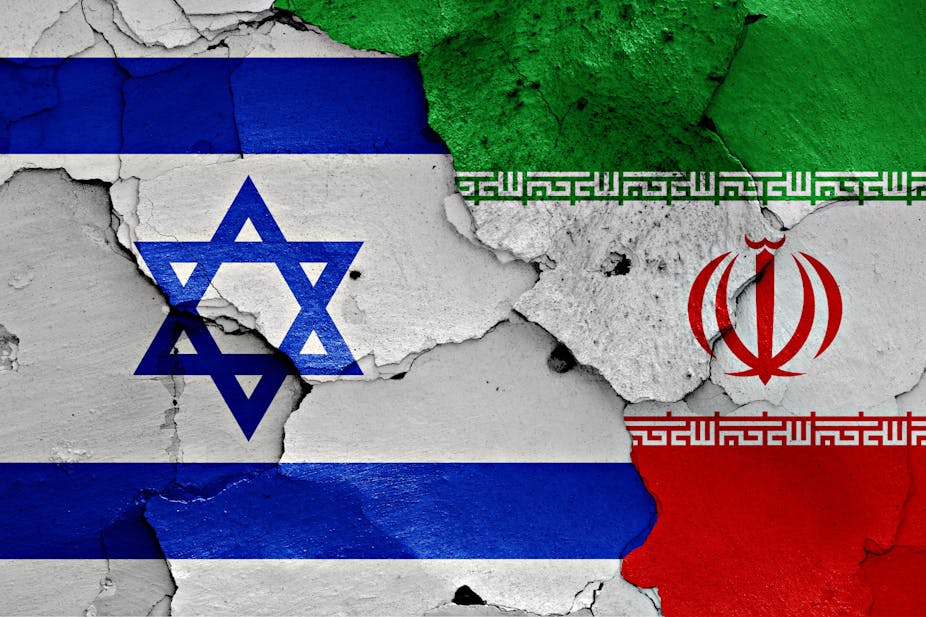OIL INDUSTRY: The Story Behind The Barrel

Did you know that the 42 United States gallon standard oil barrel (159 Litres) was officially adopted in 1872 by the Petroleum Producers Association in 1872, but it is no longer a physical container used to transport crude oil?
The measurement of an "oil barrel" originated in the early Pennsylvania oil fields. The Drake Well, the first oil well in the US, was drilled in Pennsylvania in 1859, and an oil boom followed in the 1860s. When oil production began, there was no standard container for oil, so oil and petroleum products were stored and transported in barrels of different shapes and sizes.
Some of these barrels would originally have been used for other products, such as beer, fish, molasses, or turpentine. Both the 42-US-gallon (159 L) barrels (based on the old English wine measure), the tierce (159 litres) and the 40-US-gallon (151.4 L) whiskey barrels were used. Also, 45-US-gallon (170 L) barrels were in common use. The 40 gallon whiskey barrel was the most common size used by early oil producers, since they were readily available at the time.
Around 1866, early oil producers in Pennsylvania came to the conclusion that shipping oil in a variety of different containers was causing buyer distrust. They decided they needed a standard unit of measure to convince buyers that they were getting a fair volume for their money, and settled on the standard wine tierce, which was two gallons larger than the standard whisky barrel. The Weekly Register, an Oil City, Pennsylvania newspaper, stated on August 31, 1866 that the oil producers have issued the following circular:
"Whereas, It is conceded by all producers of crude petroleum on Oil Creek that the present system of selling crude oil by the barrel, without regard to the size, is injurious to the oil trade, alike to the buyer and seller, as buyers, with an ordinary sized barrel cannot compete with those with large ones. We, therefore, mutually agree and bind ourselves that from this date we will sell no crude by the barrel or package, but by the gallon only. An allowance of two gallons will be made on the gauge of each and every 40 gallons in favor of the buyer."
And by that means King Richard III's English wine tierce became the American standard oil barrel. By 1872, the standard oil barrel was firmly established as 42 US-gallons. The 42 gallon standard oil barrel was officially adopted by the Petroleum Producers Association in 1872 and by the U.S. Geological Survey and the U.S. Bureau of Mines in 1882.
In modern times, many different types of oil, chemicals, and other products are transported in steel drums. In the United States, these commonly have a capacity of 55 US gallons (208 L) and are referred to as such. They are called 210 litre or 200 kg drums outside the United States. In the United Kingdom and its former dependencies, a 44-imperial-gallon (200 L) drum is used, even though all those countries now officially use the metric system and the drums are filled to 200 litres. Thus, the 42 US-gallon oil barrel is a unit of measure, and is no longer a physical container used to transport crude oil, as most petroleum is moved in pipelines or oil tankers. In the United States, the 42 US-gallon size of barrel as a unit of measure is largely confined to the oil industry, while different sizes of barrel are used in other industries. Nearly all other countries use the metric system.
The abbreviations Mbbl and MMbbl refer to one thousand and one million barrels respectively. These are derived from the Latin "mille", meaning "thousand". This is different from the SI convention where "M" stands for the Greek "mega", meaning "million". Outside of the oil industry, the unit Mbbl (megabarrel) can sometimes stand for one million barrels. The "b" may have been doubled originally to indicate the plural (1 bl, 2 bbl), or possibly it was doubled to eliminate any confusion with bl as a symbol for the bale. Some sources assert that "bbl" originated as a symbol for "blue barrels" delivered by Standard Oil in its early days. However, while Ida Tarbell's 1904 Standard Oil Company history acknowledged the "holy blue barrel", the abbreviation "bbl" had been in use well before the 1859 birth of the U.S. petroleum industry.
Oil wells recover not just oil from the ground, but also natural gas and water. The term barrels of liquid per day (BLPD) refers to the total volume of liquid that is recovered. Similarly, barrels of oil equivalent or BOE is a value that accounts for both oil and natural gas while ignoring any water that is recovered.
Other terms are used when discussing only oil. These terms can refer to either the production of crude oil at an oil well, the conversion of crude oil to other products at an oil refinery, or the overall consumption of oil by a region or country. One common term is barrels per day (BPD, BOPD, bbl/d, bpd, bd, or b/d), where 1 BPD is equivalent to 0.0292 gallons per minute. One BPD also becomes 49.8 tonnes per year. At an oil refinery, production is sometimes reported as barrels per calendar day (b/cd or bcd), which is total production in a year divided by the days in that year. Likewise, barrels per stream day (BSD or BPSD) is the quantity of oil product produced by a single refining unit during continuous operation for 24 hours.
Burning a barrel of light, synthetic, or heavy crude yields 38.51, 39.40, or 40.90 GJ (thermal) respectively, so 1 bpd of synthetic crude is about 450 kW (slightly less for light crude, slightly more for heavy crude).
When used to denote a volume, one barrel is exactly 42 US gallons and is easily converted to any other unit of volume. As the US gallon since 1893 is defined as 3.785411784 litre, a volume of one barrel is exactly 158.987294928 litres. Using the approximate value 159 litre is about 0.013% off.
Source: Wikipedia
#penglobalhistory #barrel



